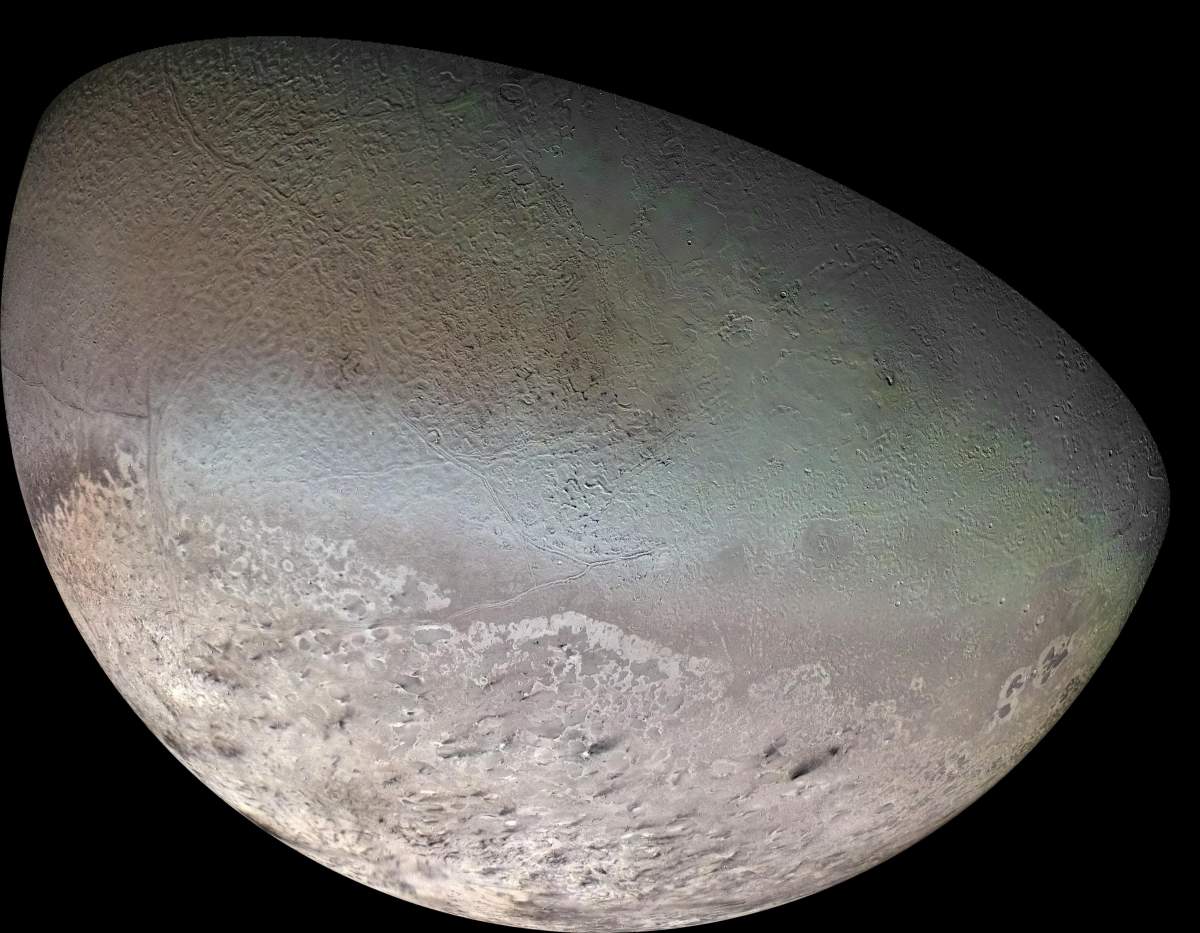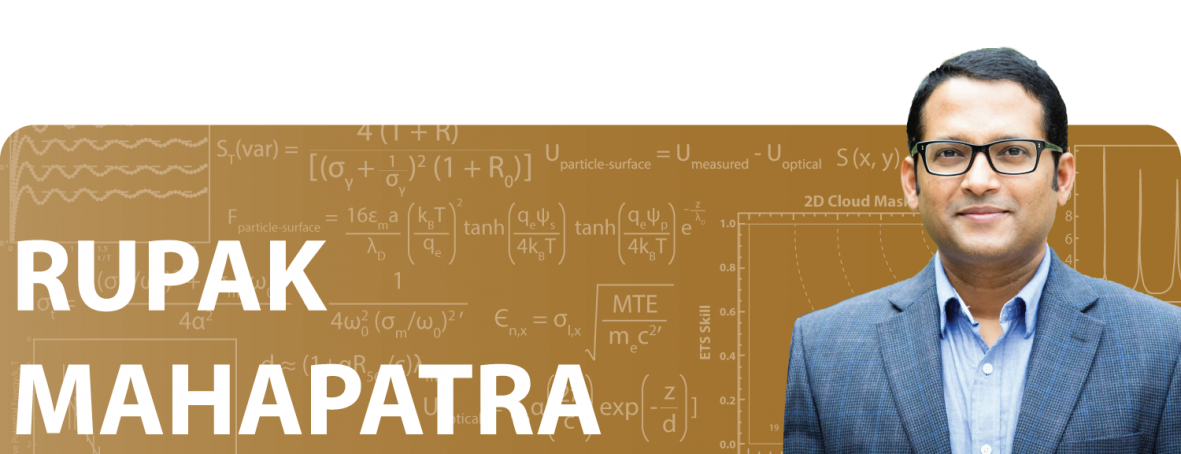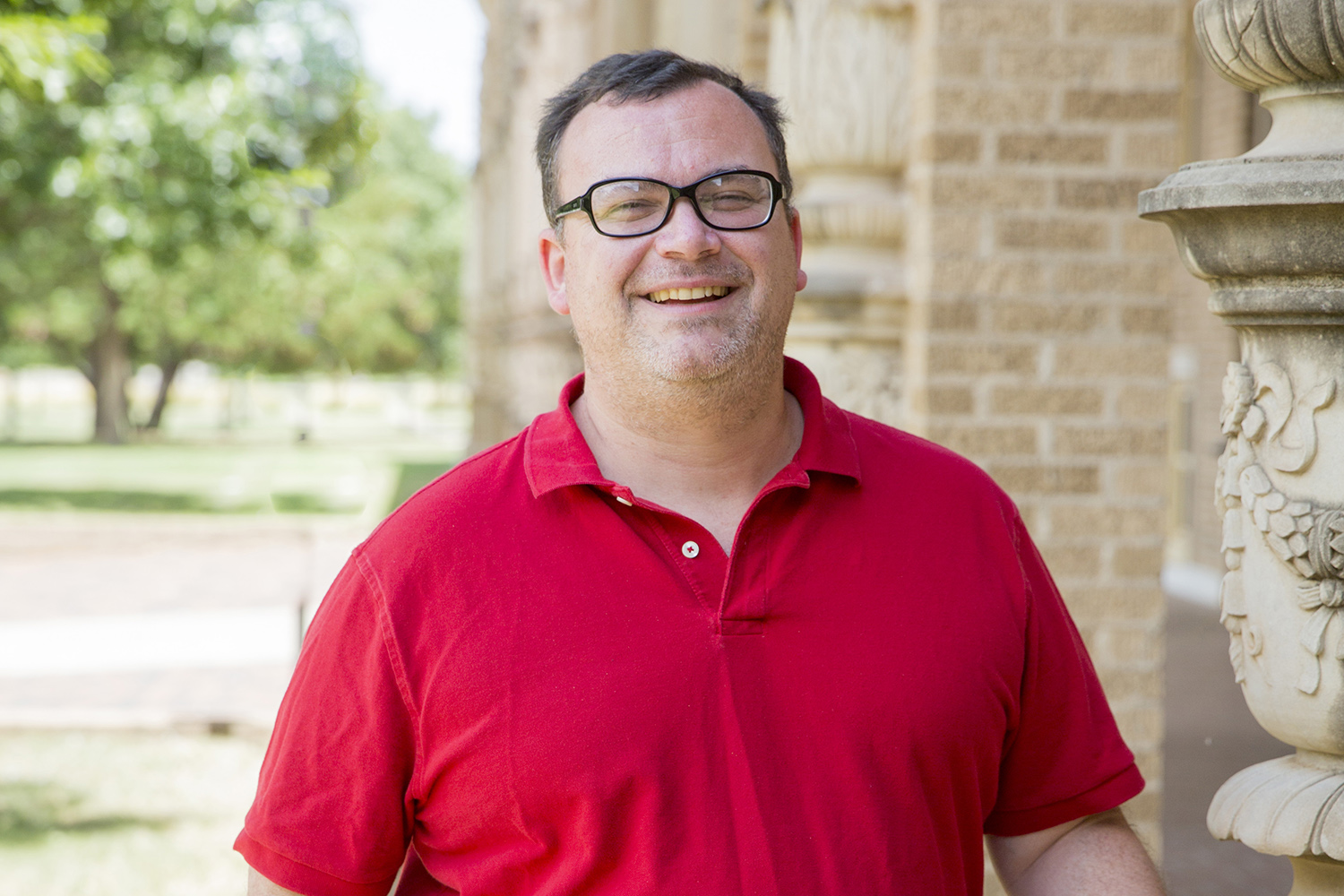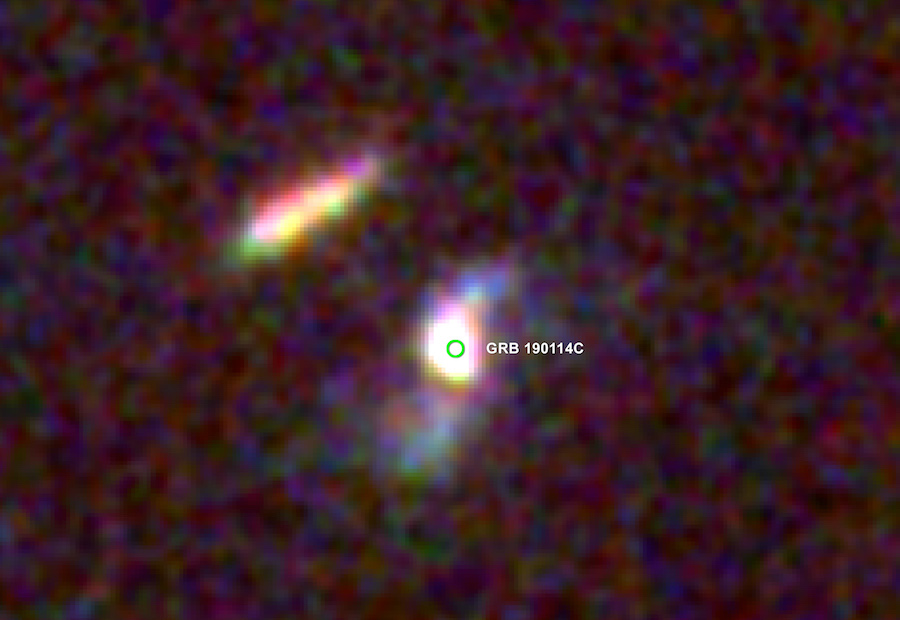Computer simulations by astronomers support the idea that dark matter – matter that no one has yet directly detected but which many physicists think must be there to explain several aspects of the observable universe – exists, according to the researchers, who include those at the University of California, Irvine.
Tag: Physics & Astronomy
Stony Brook Professor Alexander Zamolodchikov, Co-Winner for 2024 Breakthrough Prize for Fundamental Physics
This morning, the Breakthrough Foundation announced the winners of the 2024 Breakthrough Prizes and Stony Brook University Distinguished Professor and C.N. Yang/Wei Deng Endowed Chair Alexander Zamolodchikov was named co-recipient of the Prize in Fundamental Physics.
UC Irvine physicists discover first transformable nano-scale electronic devices
The nano-scale electronic parts in devices like smartphones are solid, static objects that once designed and built cannot transform into anything else. But University of California, Irvine physicists have reported the discovery of nano-scale devices that can transform into many different shapes and sizes even though they exist in solid states.
‘Terminator zones’ on distant planets could harbor life, UC Irvine astronomers say
In a new study, University of California, Irvine astronomers describe how extraterrestrial life has the potential to exist on distant exoplanets inside a special area called the “terminator zone,” which is a ring on planets that have one side that always faces its star and one side that is always dark.

Dark Energy Spectroscopic Instrument team begins 3D mapping of universe
Irvine, Calif., May 18, 2021 — The Dark Energy Spectroscopic Instrument collaboration launched a new era in cosmology today with a five-year endeavor to construct the largest three-dimensional map of the universe. Comprised of nearly 500 scientists from around the globe, including astronomers at the University of California, Irvine, the DESI group will collect spectral data from more than 30 million galaxies to study dark energy, an as-yet-unknown substance believed to be causing the expansion of the universe to accelerate.

Trident Team Reaches NASA’s Discovery Program Finals
Two Weizmann Institute scientists are on a team selected as a finalist for a mission to Triton, Neptune’s largest moon. The duo designed a super-accurate clock that will help them study Triton’s atmosphere – and even search for life. The mission, called Trident, would launch in 2026.

Rupak Mahapatra: Then and Now
Rupak Mahapatra is a professor in the Department of Physics and Astronomy at Texas A&M University.

Astronomer: Leap Years Aren’t Exactly Every Four Years
Just a reminder, February has 29 days this year. Have you ever wondered why we have an extra day once every four years or how that came to be? If you’ve wondered, so has your audience. Tom Maccarone, the Presidential…

New Space Image Reveals a Cosmic ‘Candy Cane’
Deep in our Milky Way galaxy’s center, a candy cane emerges as the centerpiece of a new, colorful composite image from a NASA camera, just in time for the holidays.

How to Build a 3D Map of the Universe – and Why
In the 1980s, Saul Perlmutter at the Department of Energy’s (DOE) Lawrence Berkeley National Laboratory (LBNL) and his collaborators realized that they could use data about supernovae to research the history of the universe. They expected to see that very distant supernovae appear a bit brighter than they would in an expanding universe that wasn’t slowing in its growth.
The data revealed something else entirely.

Researchers Discover Highest-Energy Light From a Gamma-ray Burst
An international team of researchers, including two astrophysicists from the George Washington University, has observed a gamma-ray burst with an afterglow that featured the highest energy photons—a trillion times more energetic than visible light—ever detected in a burst.
Russian astronomer comments on Nobel Prize in physics
MOSCOW (MIPT) — The discovery by Michel Mayor and Didier Queloz was momentous in that they made it very clear how exoplanets may be sought using what is known as the radial velocity method, says Alexander Rodin from the Moscow Institute…